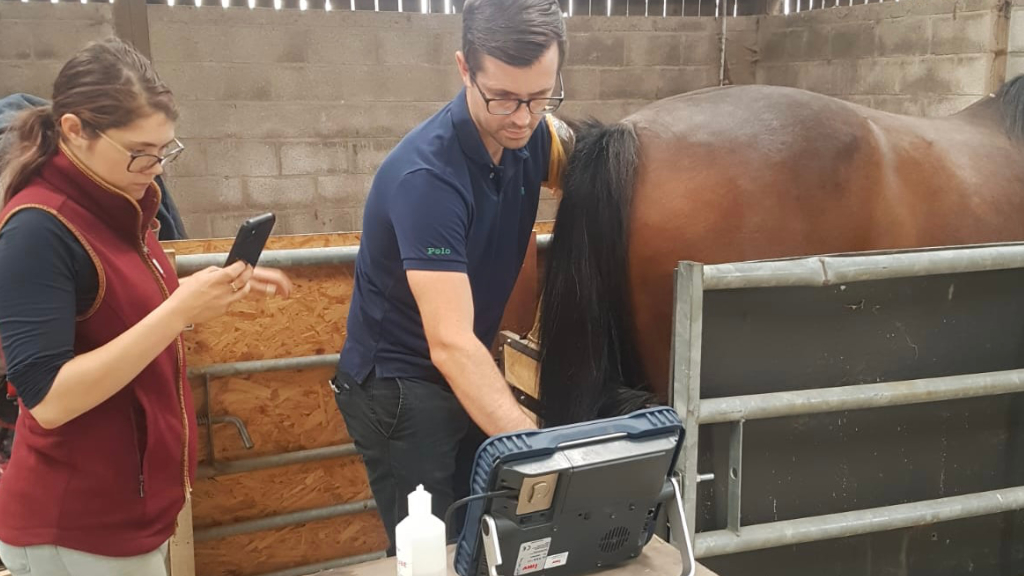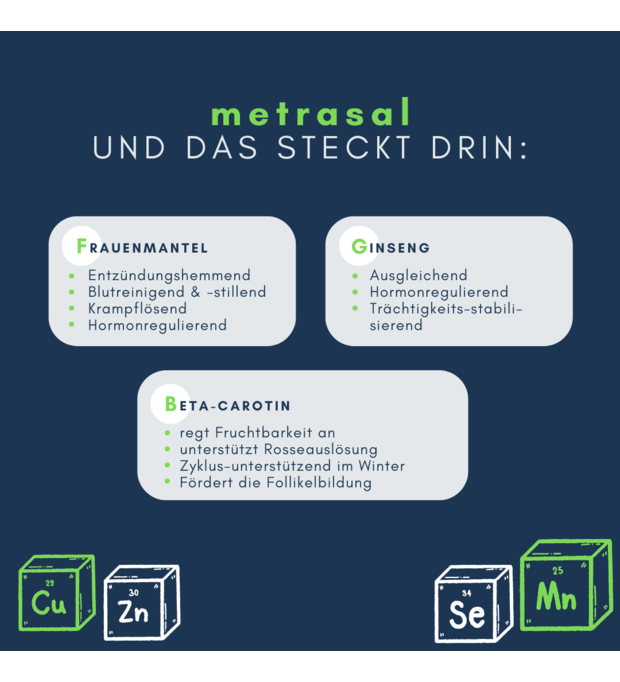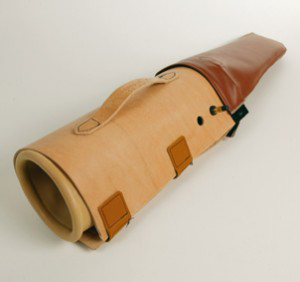The Role of Technology in Horse Breeding

Horse breeding has evolved significantly with the integration of modern technology, enhancing the efficiency, accuracy, and success rates of breeding programs. This article explores the various technological advancements that have transformed horse breeding, from genetic testing to data management.
Key Technologies in Horse Breeding

| Technology | Description | Benefits |
|---|---|---|
| Genetic Testing | DNA analysis to identify desirable traits and hereditary diseases | Improves selection accuracy, reduces risks |
| Artificial Insemination (AI) | Enables breeding without physical mating, using collected semen | Expands genetic diversity, saves time and costs |
| Embryo Transfer | Transferring embryos from a donor mare to a surrogate | Allows multiple offspring from superior mares |
| Ultrasound Imaging | Non-invasive monitoring of reproductive health and pregnancy status | Enhances breeding timing and success rates |
| Data Management Software | Digital tools for tracking pedigrees, health records, and breeding cycles | Streamlines record-keeping and decision-making |
Benefits of Technology in Horse Breeding
- Enhanced Genetic Selection: Technology allows breeders to select horses with optimal traits, improving the quality of offspring.
- Increased Efficiency: Automated and precise methods reduce the time and labor involved in breeding.
- Health Monitoring: Early detection of reproductive issues through imaging and testing ensures better care.
- Cost-Effectiveness: Technologies like AI reduce the need for transporting animals and physical mating, lowering expenses.
Challenges and Considerations
While technology offers many advantages, breeders must consider:
- Ethical Concerns: The manipulation of genetics and reproductive processes raises ethical questions.
- Cost of Technology: Initial investment in equipment and training can be high.
- Technical Expertise: Proper use requires knowledge and experience.
Frequently Asked Questions (FAQ)
Q1: How does genetic testing improve horse breeding?
A1: Genetic testing identifies desirable traits and potential hereditary diseases, allowing breeders to make informed decisions that enhance the health and performance of future generations.
Q2: What is artificial insemination, and why is it important?
A2: Artificial insemination involves collecting semen from a stallion and manually inseminating a mare. It increases genetic diversity and allows breeding without the risks of physical mating.
Q3: Can technology replace traditional horse breeding methods?
A3: Technology complements but does not replace traditional methods. It enhances precision and efficiency but still relies on expert knowledge and care.
Conclusion
The integration of technology in horse breeding represents a significant advancement, offering numerous benefits that improve breeding outcomes. By embracing these tools, breeders can ensure healthier, more competitive horses while addressing challenges responsibly.
